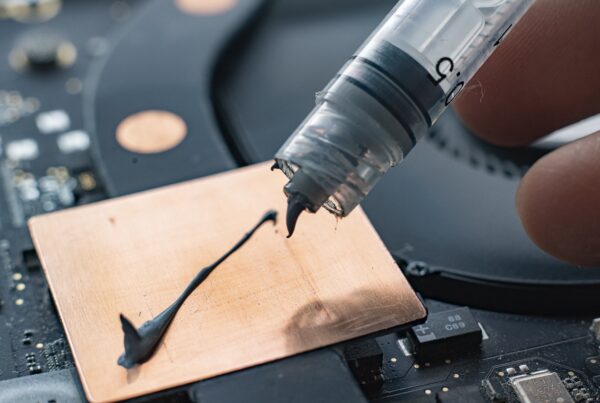
Silence is golden: 7 ways to greatly increase the perceived value of your vehicle
Advances in materials, technologies and techniques mean that manufacturers can now offer a smoother and quieter ride. Thus, both cars and engines have become smaller, smarter and less noisy.

But providing the highly refined and comfortable driving experience we all desire has had an unintended side effect: drivers can now hear even the smallest noises made by the car.
Squeaks, vibrations, and can be seen as a sign of poor build quality, which is why manufacturers are so concerned about designing internal systems that do not emit sound.
Noise, vibration, and roughness of gait (NVH) are largely caused by mechanical impact between vehicle parts or components. But this needs to be addressed as it can ruin driver comfort and the experience in the ‘cockpit. Here, we guide you through some ways to do exactly that:
7 Ways to Deal with NVH (Noise, Vibration and Harshness)

SPECIALIZED DEVELOPMENT
Manufacturers rely on suppliers who must perform road and track tests on all individual vehicle components. If you are using the right vendor, this process should be comprehensive, rigorous, and include noise absorption against expected specifications.
DESIGN AND MATERIALS
The design chosen, the materials used, and the processes should all contribute to reducing the level of noise emitted, especially in luxury vehicles. But it is often (and not incorrectly) possible to prioritize performance requirements over noise suppression.
ADVANTAGEOUS FEATURES OF THE MANUFACTURER
Incorporating the advantageous features of the original manufacturer, (such as beveled ends or adding openings to improve brake pads to reduce noise), will help tremendously with NVH reduction.
REPLACE WORN PARTS
When replacing any part, consider all surrounding components, as these are often corroded, worn, or missing, which, even when corrosion is extremely minimal, will result in increased NVH, despite a part having just been installed.
CONSIDER LUBRICATION
Every component should be lubricated to prevent any or further corrosion. Lubricants have a key role to play in preventing noise intrusion, squeaking and vibration.. Carefully consider the choice of lubrication. For more detailed information on this, take a look at the link at the bottom of this article.
CLEAN ALL COMPONENTS
Replacing any part without thoroughly cleaning the components in question will cost time and money, but may also lead to unwanted movement, which will mean increased NVH.
USES QUALITY PARTS
Be sure to assemble quality parts and accessories that are correct for the application both in terms of size and specification. Otherwise, unnecessary movement and corrosion will occur, which in turn will increase NVH.
Automotive design standards must keep up with a growing list of demands. Engineers, designers, suppliers and manufacturers are all under increasing pressure. If you want to keep up with these changes, it is important to put long-term value above initial costs.
For more information on noise prevention and the many other benefits of choosing the right lubricant, download the latest eBook from lubricant experts Krytox ™,
Choosing the right automotive lubricant: ensuring optimal performance for longer vehicle life



